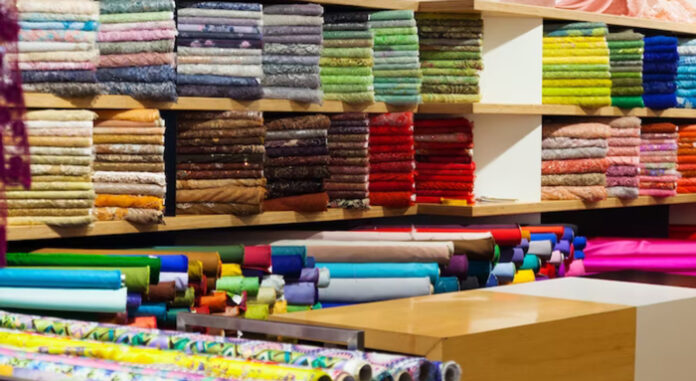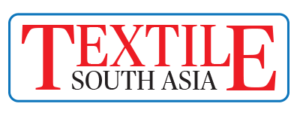Prime Minister Narendra Modi inaugurated Bharat Tex 2024, a major global textile event held in Delhi’s Bharat Mandapam. This comes as the Indian textile industry seeks to rebound from a challenging 2023 that saw rising input costs, global disruptions and an outdated policy framework. A recent report by the Bank of Baroda titled ‘Corporate Performance, Q3-FY24’ also provided insight into the sector’s health, revealing both challenges and reasons for optimism. The seasonal demand stimulus faded faster in the textiles sector, which tracks discretionary spending.
As a result, several businesses have noted a rise in demand for woven fabrics and home textiles, which may be related to both increasing domestic and international demand (such as that from the US and Japan) and a shortage of inventory. Additionally, alongside this, cheaper cotton yarn and a decline in the prices of raw materials were also two factors that contributed to bigger profits and increased productivity. Sales for consumer durables exceeded 8.3 per cent, however, increased in profits by 12.9 per cent. However, both B2B and B2C sectors of business science have been improved, notable during the festivals, especially for the small appliances. In addition, Prime Minister Modi expressed worry about the suffering and financial situation in the textile business during the Bharat Tex event. Traditionally, it has been viewed as a realm in which the government promotes the arts, technology, talent and training remains the case.
The concept was distinguished by incremental changes in previous designs to accommodate the contemporary situation. Furthermore, it established the ‘Five Fs’ method, which includes creating sellable things, eliminating waste, destroying damaging competition, selling through brands rather than stores and rejuvenating and shortening the entire value chain. Similarly, the Prime Minister stated intentions to aid micro, small and medium-sized firms (MSME), including modified definitions and increased market access through direct sales, exhibits and online marketplaces. These techniques aim to bridge the gap between creative craftspeople and the market while also promoting overall inclusion and economic independence. Further, Rajeswari Mavuri, founder of Label RaMa, stated, “Handloom weaving is often labour-intensive and time-consuming, resulting in relatively small production volumes compared to mechanised processes. The challenge lies in enhancing productivity without compromising the unique quality and craftsmanship associated with handwoven textiles.” She added that there has not been a way for the handloom industry to upgrade skills or understand global fashion trends, resulting in the overall scene of the handloom industry in the country remaining unchanged for decades.
The previous textile policy was coming to an end, therefore the question of whether it was still necessary arose. Mavuri intended to implement a strategic program that supports eco-friendly production processes and these product brands as fashionable accessories in global marketplaces. The main finding was that the entrepreneurs who promoted the union of weavers and artists were closing the talent and financial gaps, which was a significant boost to the fashion sector. Additionally, the trade being a borderless entity, industry leaders are now underlining the role of international cooperation and partnership. Sustainable global frameworks and conformity of trade rules with the biggest partners will also be important points to be taken into account in this growth process, to get to new markets. “The textile industry faced several hurdles in 2023,” said Jigar Viradiya, CEO of Vastranand.
“Rising input costs, global supply chain disruptions and fluctuating cotton prices significantly impacted profitability. Additionally, the expiration of the existing textile policy in December 2023 created uncertainty and hampered long-term planning.” He further added, “A new textile policy is essential to address these challenges.” stating that the policy should focus on several factors to revitalise the industry. This aligns with the concerns raised by Rajeswari Mavuri, founder of Label RaMa, who highlighted the challenges faced by the handloom industry due to its labour-intensive nature and difficulty in adapting to trends. Viradiya’s statement suggests that a new policy could be a potential solution to these issues, but it is important to find a balance between modernisation and preserving the unique cultural heritage of handloom weaving.
The leaders of the sector mentioned, which brings us to the conclusion that a well-designed textile policy is a growth that spurs innovation. Conversely, the industry draws attention to important issues and facilitates cooperation; as a result, the industry hopes to significantly and meaningfully contribute to India’s economic development. Additionally, the trade being a borderless entity, industry leaders are now underlining the role of international cooperation and partnership. Sustainable global frameworks and conformity of trade rules with the biggest partners will also be important points to be taken into account in this growth process, in order to get to new markets. In a nutshell, the leaders of the sector mentioned, which brings us to the conclusion that a well-designed textile policy is a growth that spurs innovation. Conversely, the industry draws attention to important issues and facilitates cooperation; as a result, the industry hopes to significantly and meaningfully contribute to India’s economic development.
Source: Business World










